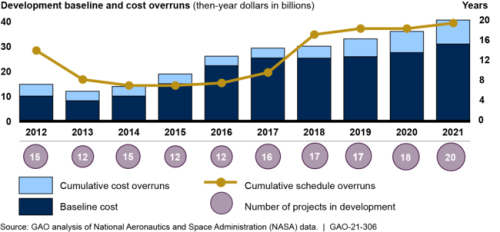SpaceX successfully launches cargo Dragon to ISS
Capitalism in space: SpaceX tonight successfully used its Falcon 9 rocket to launch cargo Dragon to ISS.
The first stage completed its fourth flight, landing successfully on the drone ship in the Atlantic. The cargo Dragon is making its second cargo mission for NASA. It will dock tomorrow.
This was SpaceX’s first launch since June 30th, a gap of almost two months as they initiated operations of a new drone ship in the Atlantic and shifted an older drone ship to the Pacific. In the next few weeks expect their fast launch pace for ’21 to resume, with at least one Starlink launch and the September 15th Inspiration4 commercial manned orbital flight.
The leaders in the 2021 launch race:
29 China
21 SpaceX
13 Russia
4 Northrop Grumman
The U.S. now leads China 32 to 29 in the national rankings.
Capitalism in space: SpaceX tonight successfully used its Falcon 9 rocket to launch cargo Dragon to ISS.
The first stage completed its fourth flight, landing successfully on the drone ship in the Atlantic. The cargo Dragon is making its second cargo mission for NASA. It will dock tomorrow.
This was SpaceX’s first launch since June 30th, a gap of almost two months as they initiated operations of a new drone ship in the Atlantic and shifted an older drone ship to the Pacific. In the next few weeks expect their fast launch pace for ’21 to resume, with at least one Starlink launch and the September 15th Inspiration4 commercial manned orbital flight.
The leaders in the 2021 launch race:
29 China
21 SpaceX
13 Russia
4 Northrop Grumman
The U.S. now leads China 32 to 29 in the national rankings.



